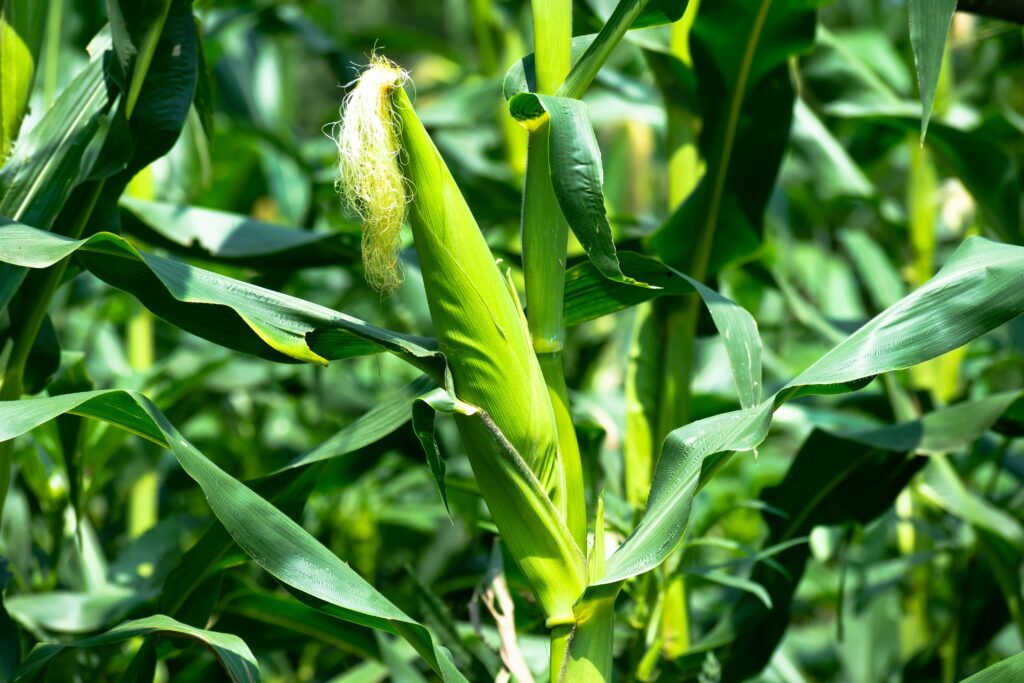
Sweet corn is a classic summer treat, cherished for its crisp texture, juicy kernels, and naturally sweet flavor. Growing it in your own backyard is not only deeply rewarding—it’s surprisingly simple with the right conditions and a bit of patience. Whether you’re new to gardening or a seasoned grower, this comprehensive guide will walk you through every step of cultivating sweet corn—from soil prep and planting to pollination and harvesting.
When to Plant Sweet Corn
Timing is everything. Sweet corn is a warm-season crop that is highly sensitive to cold temperatures and frost. It should only be planted once the soil has warmed to a minimum of 60°F (16°C)—ideally closer to 65–70°F (18–21°C) for optimal germination. This usually means planting 2–3 weeks after your area’s last frost date in late spring.
In northern or high-altitude regions with shorter growing seasons, start seeds indoors 3–4 weeks before your last frost date using biodegradable pots (so you don’t disturb the roots during transplanting). Alternatively, using row covers or black plastic mulch can help warm the soil and protect young plants during cooler spring nights.
Where to Grow Sweet Corn
Sunlight Requirements
Sweet corn is a sun lover. Choose a spot that receives at least 6–8 hours of full sun per day, though more is better for optimal growth and kernel development.
Soil Conditions
Corn is a heavy feeder and thrives in well-draining, fertile soil enriched with organic matter. For best results:
- Aim for a soil pH of 6.0–6.8 (slightly acidic to neutral).
- Conduct a soil test in early spring to check for nutrient deficiencies, especially nitrogen.
- Amend the soil with compost, well-rotted manure, or organic matter a few weeks before planting.
- Avoid planting in compacted or poorly draining soil, as corn’s shallow roots require oxygen and consistent moisture.
How to Plant Sweet Corn
Spacing and Layout
Proper spacing is critical for air circulation and, more importantly, for pollination, which is wind-driven in corn.
- Plant seeds 1.5–2 inches deep, spacing them 8–12 inches apart within each row.
- Rows should be spaced 30–36 inches apart.
- Plant in blocks (3–4 rows wide) instead of a single long row. This improves cross-pollination between tassels and silks, which leads to fuller, more evenly developed ears.
Choosing Varieties
Sweet corn comes in three main types:
- SU (Standard Sweet): Classic sweet flavor but short shelf life.
- SE (Sugar Enhanced): Sweeter than SU and holds sweetness a bit longer.
- SH2 (Super Sweet): Very sweet and stores well, but germinates poorly in cold soil.
You can also find bicolor and heirloom varieties if you prefer diversity and flavor over uniformity.
Here’s our favorite variety to grow!
Note: Avoid planting different sweet corn varieties close together, as they can cross-pollinate and negatively affect flavor and texture.
Watering and Fertilizing Sweet Corn
Watering
Corn requires consistent moisture, especially during:
- Germination
- Tassel and silk formation
- Ear filling (pollination stage)
Aim to provide 1–1.5 inches of water per week, either from rainfall or irrigation. Drip irrigation or soaker hoses are ideal to keep leaves dry and reduce disease pressure.
Fertilization
Corn is nitrogen-hungry. Here’s a suggested fertilization schedule:
- At planting: Mix in a balanced fertilizer (10-10-10 or similar) or an organic slow-release blend.
- When plants are 12 inches tall: Side-dress with high-nitrogen fertilizer (like blood meal, fish emulsion, or composted poultry manure).
- Just before tasseling: Apply another round of nitrogen to support ear development.
Pro tip: Watch your plants. Pale green or yellowing leaves often signal nitrogen deficiency.
Tending Your Sweet Corn Crop
Weed Management
Weeds compete aggressively with corn for nutrients, especially early in the growing season when corn seedlings are still small. To manage weeds:
- Mulch around your plants with straw or compost to suppress weed growth and retain moisture.
- Hand weed or use shallow cultivation to avoid disturbing corn’s shallow roots.
Pests and Diseases
Common Pests:
- Corn Earworms: Bore into ear tips; use BT spray or apply a drop of mineral oil on silks after pollination begins.
- Cutworms: Attack young seedlings; use collars or diatomaceous earth around plants.
- Aphids & Beetles: Encourage beneficial insects like ladybugs and lacewings.
Common Diseases:
- Rust, smut, or blight: Prevent with proper spacing, crop rotation, and good airflow.
- Avoid overhead watering and remove infected plants to reduce spread.
Pollination Support
Sweet corn relies on wind pollination. To encourage better pollination:
- Plant in blocks, not rows.
- When tassels appear and silks emerge, gently shake the stalks during the warm part of the day to help pollen fall from tassels to silks.
Poor pollination results in ears with missing or uneven kernels, so this step is vital for a full, juicy harvest.
Harvesting Sweet Corn
When Is It Ready?
Sweet corn typically takes 60–100 days from planting to harvest, depending on variety.
You’ll know it’s ready when:
- Silks turn brown and dry, but husks are still green.
- Ears feel plump and rounded at the tip.
- If you peel back a bit of the husk and puncture a kernel, it should release a milky sap. If it’s watery, wait. If no sap comes out, it’s overripe.
How to Harvest
- Harvest early in the morning when sugar content is highest.
- Use a quick downward twist to snap ears from the stalk.
- Get them into a cool place quickly to preserve sweetness, as sugars begin converting to starch immediately after harvest.
Sweet corn tastes best when eaten within a few hours of picking but can be stored in the fridge for up to 5 days. You can also blanch and freeze your harvest for long-term storage.
Final Tips for Growing Sweet Corn
- Crop Rotation: Don’t plant corn in the same spot year after year. Rotate with legumes, leafy greens, or root vegetables to maintain soil health.
- Companion Planting: Consider planting beans or squash nearby (as in the Three Sisters method) to improve biodiversity and soil structure.
- Succession Planting: Stagger your plantings every 2 weeks for a continuous harvest throughout summer.
Conclusion
Growing sweet corn is a classic garden adventure that brings big rewards. With careful attention to timing, spacing, and care, you can enjoy crisp, sun-ripened ears straight from your own backyard. Whether grilled, steamed, or eaten raw right off the stalk, there’s nothing quite like the taste of homegrown corn.
So get those seeds in the ground—summer’s sweetest harvest awaits.
